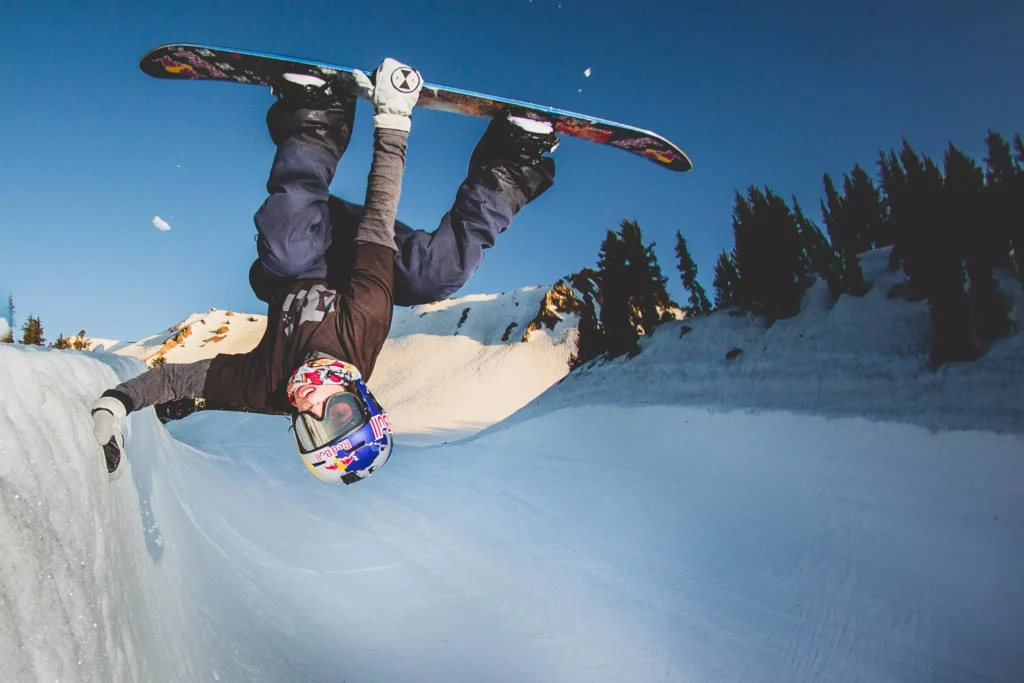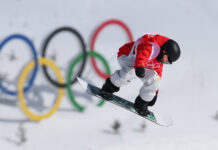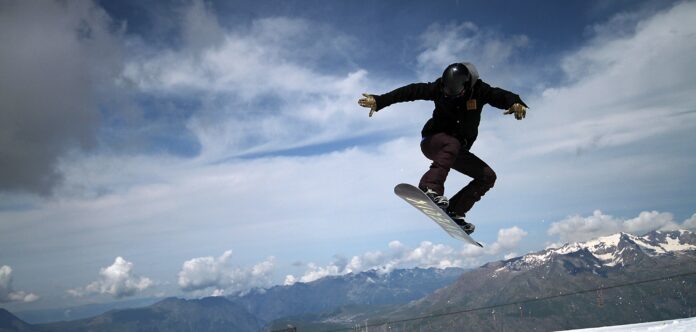
Snowboarding has indeed come a long way. Inspired by Surfing and skateboarding, the sport was developed in the United States in the 1960s and 1970s and became a Winter Olympic Sport in 1998. The first modern Snowboard is the Snurfer (a blend of snow and surfer). It was designed by Sherman Poppen for his children in 1965 in Muskegon, Michigan. It was a skateboard without wheels, steered by a handheld rope, and it did not have bindings. After years of improvement and with the help of pioneers such as Dimitrijie Milovich, Jake Burton (founder of Burton Snowboards), and Tom Sims (founder of Sims Snowboards), Snowboarding is now a sport that continues to give excitement and fun to everyone.
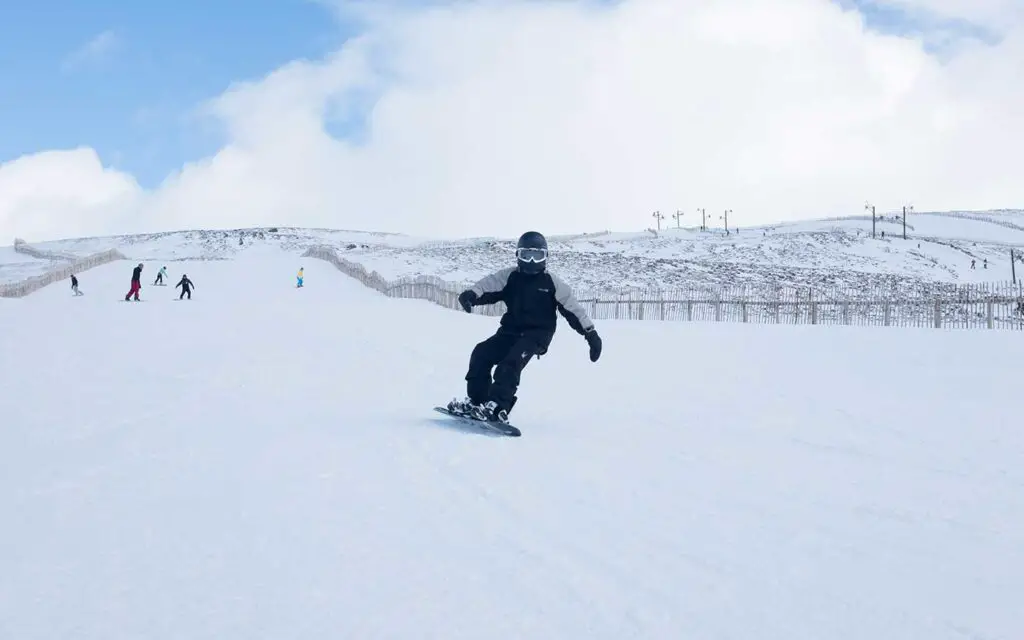
Here are other interesting Snowboarding Facts from About.com:
-
- In 2000, Snowboarding was the fastest-growing sport in the US (followed by skateboarding), with the number of enthusiasts rising to a total of just over 7.2 million.
-
- There are still ski resorts in the United States that do not allow Snowboarding!
- Snowboarding helped spark a revolution in the ski industry by inspiring ski manufacturers to make shorter, more maneuverable Skis with deeper sidecuts.
While Snowboarding is undeniably an exciting sport, riders should keep in mind that the sport also has inherent risks. Take a look at these Snowboarding Facts from the Children’s Hospital of Pittsburgh:
-
- The U.S. Consumer Product Safety Commission estimates that 37,600 Snowboarding injuries and 84,200 Skiing injuries were treated in 1997. Approximately 17,500″ class=”related_products_container” of those incidents were head injuries.
-
- The National Ski Areas Association reports that during the 1996-97 season, four people died in Snowboarding-related incidents and 32 people from skiing. Of those injured on the slopes, 45 sustained life-threatening injuries, including serious head trauma and spinal injuries. Nine of those people had been snowboarding.
-
- A study by the Consumer Product Safety Commission estimates that each year, 11 Snowboarding- and Skiing-related deaths and 7,700 head injuries – including 2,600 head injuries to children – could have been prevented if helmets are worn.
-
- The most common Snowboarding injuries are to the wrist, shoulder, and head.
- Many Snowboarding and Skiing incidents occur due to loss of control. Snowboarders and skiers are usually moving too fast or on a slope that is beyond their ability. Most deaths and injuries occur to snowboarders and skiers with high-risk behavior.
SAFE USA provides some safety tips to help snowboarders and skiers minimize the risk of getting injuries.
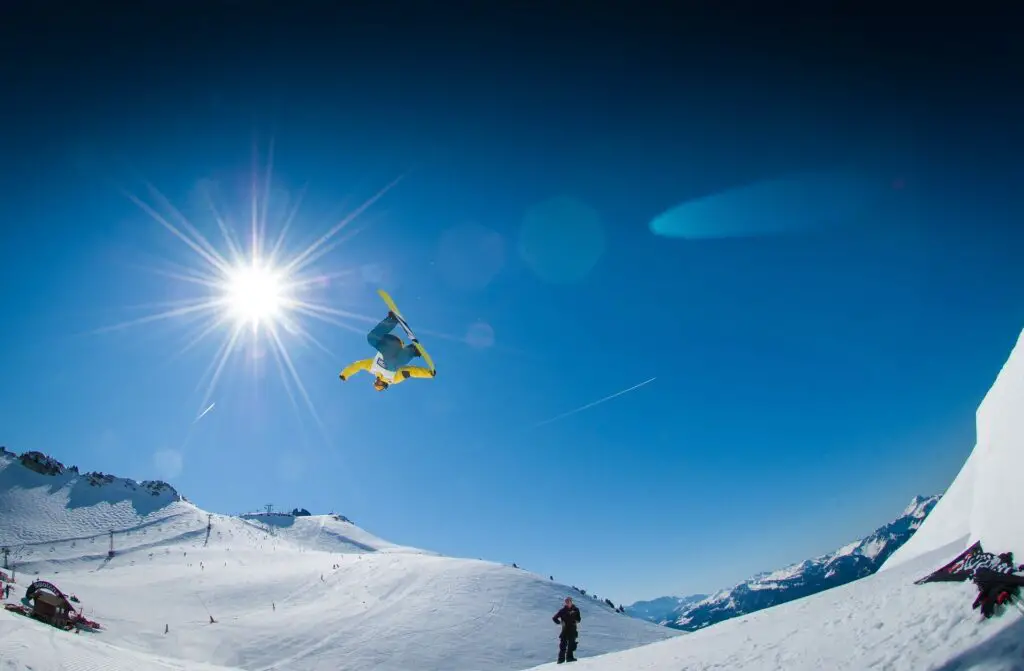
-
- Before you get out on the slopes, be sure you’re in shape. You’ll enjoy doing the sport more and have lower risk of injury if you are physically fit.
-
- Take lessons from a qualified instructor. You will be able to improve your skills when you receive expert guidance. Learn how to fall correctly to reduce the risk of injury.
-
- Don’t start jumping maneuvers until you’ve had proper instruction and have gained some experience. Jumps are the most common cause of spinal injuries among snowboarders.
-
- Acquire proper equipment. Be sure that your pieces of Snowboarding Gear are in good condition and have your Snowboard Bindings adjusted correctly at a local ski shop. (Extra tip for snowboarders: wrist guards and knee pads can protect you when you fall.)
- Wear a helmet to prevent head injuries from falls or collisions. (One study shows that helmet use could prevent or reduce the severity of nearly half of head injuries to adults and more than half of head injuries to children less than 15 years old.) Snowboarders and skiers should wear helmets specifically designed for the sports.
Snowboarding, just like most outdoor sports, can only be mastered through practice and discipline. Know your limits. Whether you snowboard for fun or to compete, the important thing is to be safe at all times, and enjoy!

